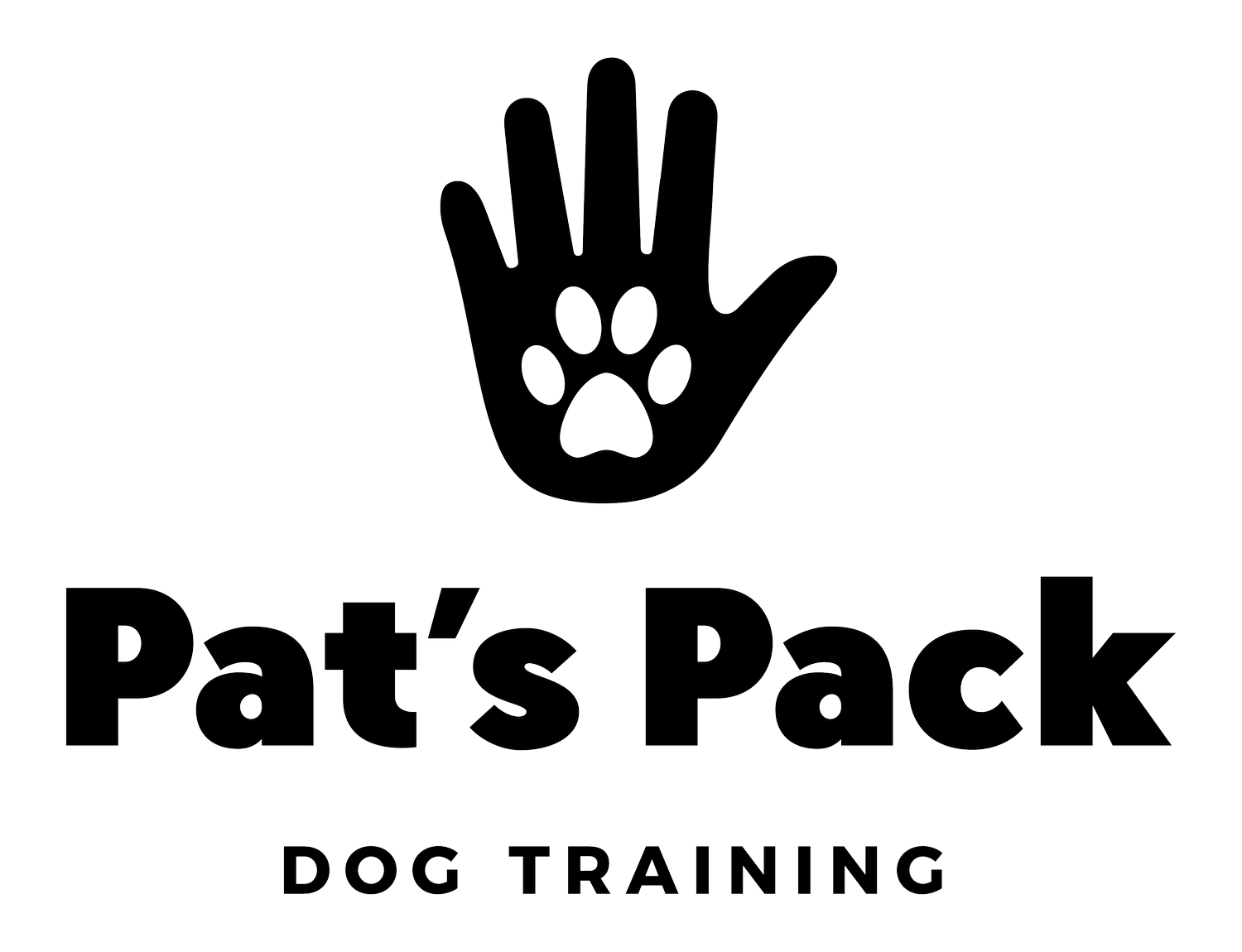Dog Sociability: Normalizing Dog Selectivity and How We Can Help
At Pat's Pack, we're passionate about promoting a more inclusive and understanding community for our canine companions. We believe that all dogs, regardless of their social preferences, deserve love and support. In this blog post, we'll delve into the concept of dog selectivity, why it's entirely normal, and how you can help your four-legged friend thrive in a world filled with diverse temperaments.
Understanding Dog Selectivity
Just like humans, dogs have unique personalities, and these can greatly influence their social interactions. While some dogs are extroverts, eager to greet every living being they encounter, others may be more selective about their social interactions. This selectivity is entirely normal and should not be a cause for concern.
Why Are Some Dogs Dog-Selective?
The reasons behind a dog's selective sociability can vary. It might be influenced by genetics, early socialization experiences, past traumas, or simply their individual temperament. Here are some common reasons why a dog might exhibit selective social behavior:
1. Breed Differences: Some breeds are naturally more reserved or independent, while others are known for their sociable nature.
2. Past Experiences: Dogs that have had negative encounters with other dogs or have not been adequately socialized during their formative weeks may develop selective tendencies.
3. Age: Just like people, dogs can become less sociable as they age. What might have been a playful pup can turn into a calm, older dog.
4. Fear or Anxiety: Fear or anxiety can make a dog more cautious or selective about social interactions.
Helping Your Selective Dog Thrive
If your dog tends to be selective about their doggy companions, it's essential to support them in their preferences while ensuring they're safe and comfortable during social encounters. Here's how you can help:
1. Respect Their Boundaries: It's vital to respect your dog's comfort zone. If your dog doesn't want to engage with other dogs, don't force them.
2. Positive Socialization: Gradual, positive exposure to other dogs can help build their confidence. Keep encounters short and controlled at first.
3. Train and Reward: Use positive reinforcement to reward your dog's good behavior during social interactions. This can create a positive association with meeting new dogs.
4. Know Their Triggers: Understand what triggers your dog's selective behavior. If they are uncomfortable around certain types of dogs or situations, avoid them.
5. Seek Professional Help: If your dog's selective behavior is causing severe issues or stress, consider consulting a professional dog trainer (Hey! That’s us!). They can offer guidance tailored to your dog's specific needs.
Remember that dog selectivity is a common trait, and it's not something that should be discouraged or judged. Embrace your dog's uniqueness, support their preferences, and provide them with the love and care they deserve.
Together, we can normalize the idea that dogs, like humans, have their own social preferences. Let's celebrate diversity within the canine world and create a harmonious environment for all our furry friends.
Happy Dog Training!
